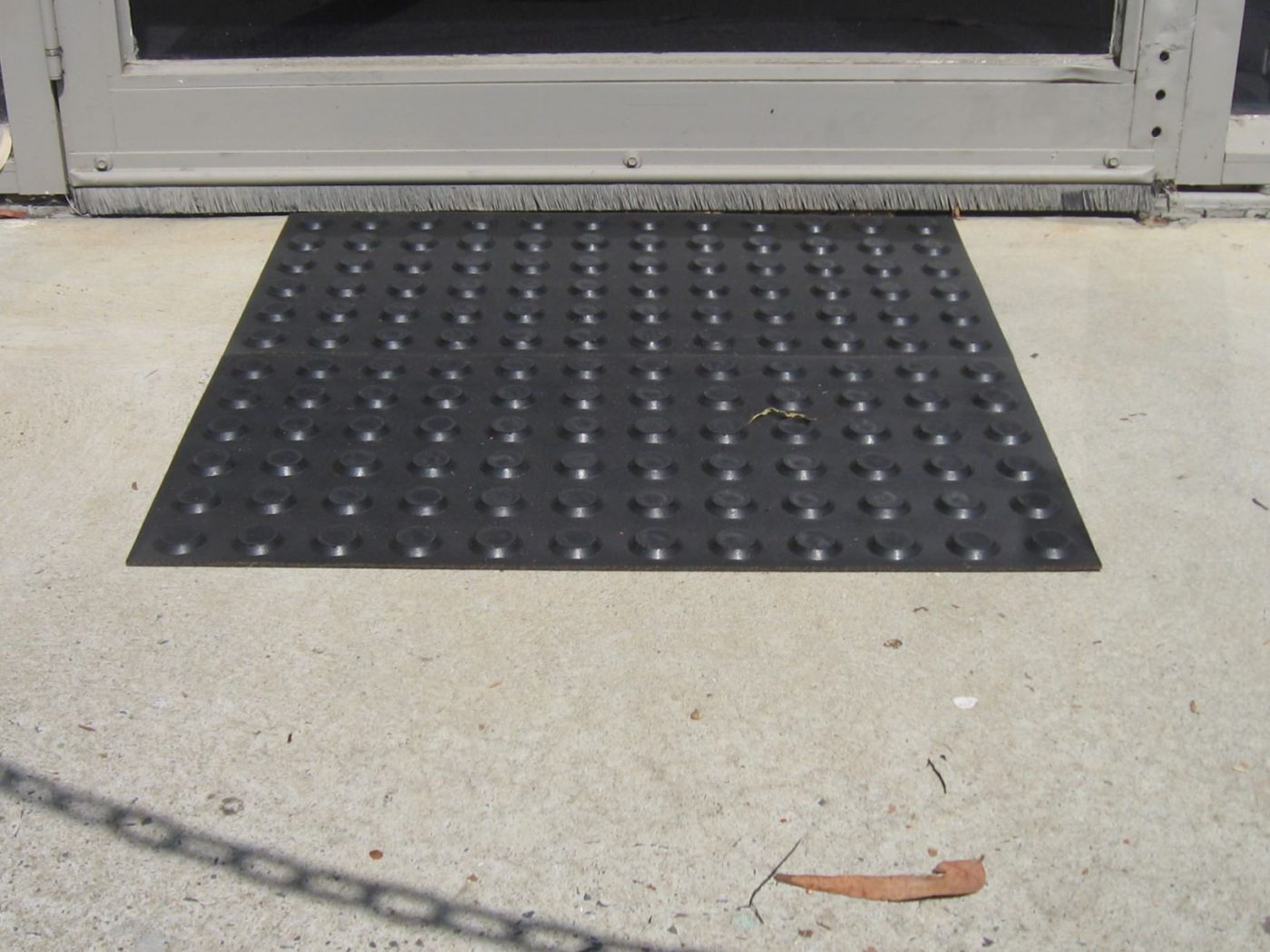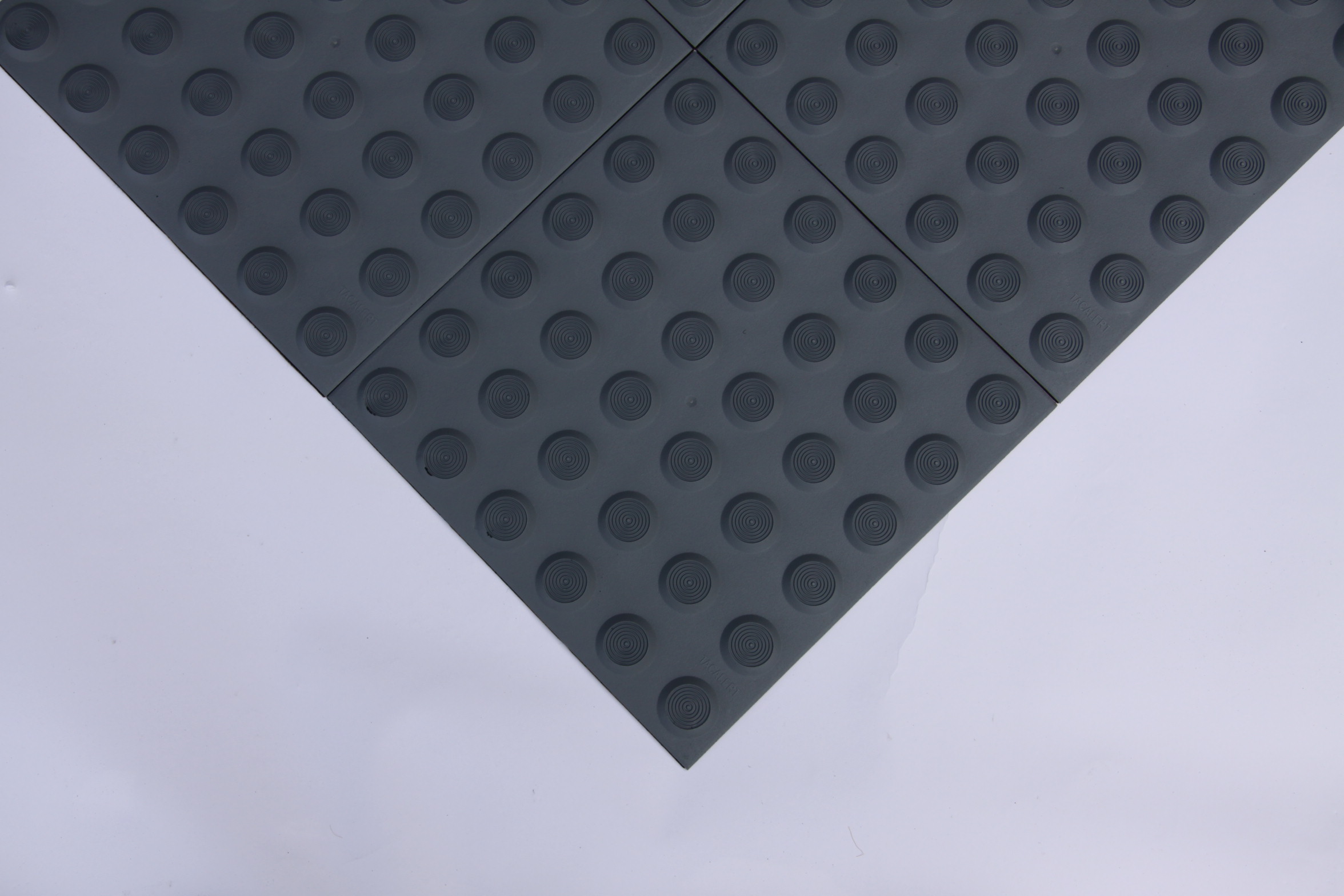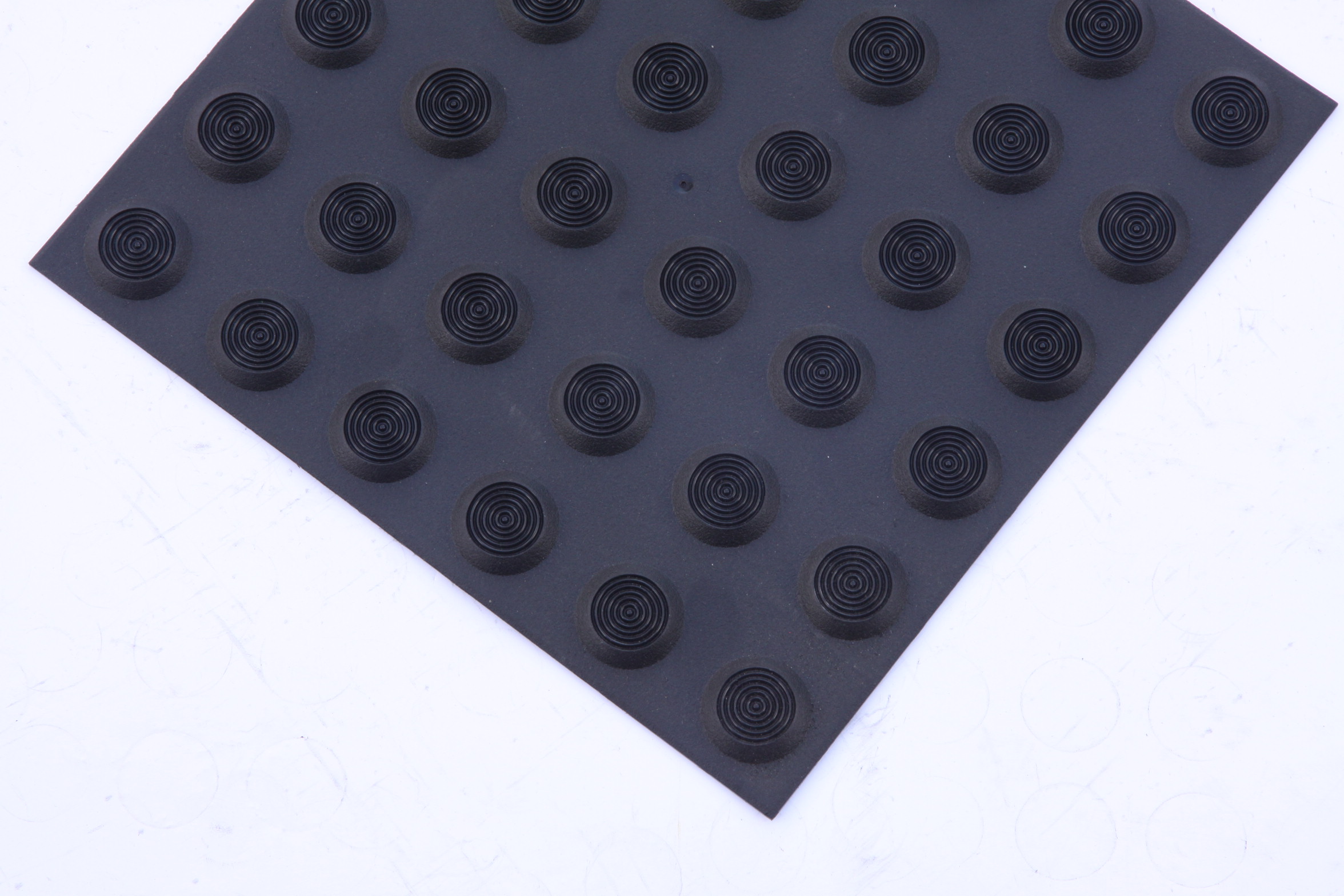The polyurethane warning tactile indicators are one of the best tactile indicators used at hazardous locations for the safety of the visually impaired people. They have tactile studs and dots that are coated with polyurethane to provide extra protection and make the tactile indicators slip resistant. These are very strong and sturdy indicators that are very cautiously used and installed on many platforms, covers of road ditches and many other facilities. These polyurethane warning tactile indicators work towards alerting the visually impaired in their line of travel to avoid any problems for the pedestrians in a majority of the public and most importantly hazardous places.
These polyurethane warning tactile indicators are reasonably priced according to the designs that we offer. We offer a variety of designs to pick and choose from and also give the clients a choice of customizing the products as per their own need and convenience keeping in mind the place and site of installation. These polyurethane warning tactile indicators are slip resistant to make sure and provide extra safety to the people who will be using our installed products. These are very durable and easy to maintain. These products are flexible and can be customized as per the needs and convenience of the customers.
For a better understanding of our products and to know the variations in design, size, and color, it is best to get in touch with us. We provide the service of customer support on educating them about a variety of products and the prices are shared when you contact us.



 Features
Features Specification
Specification Cleaning Instructions
Cleaning Instructions